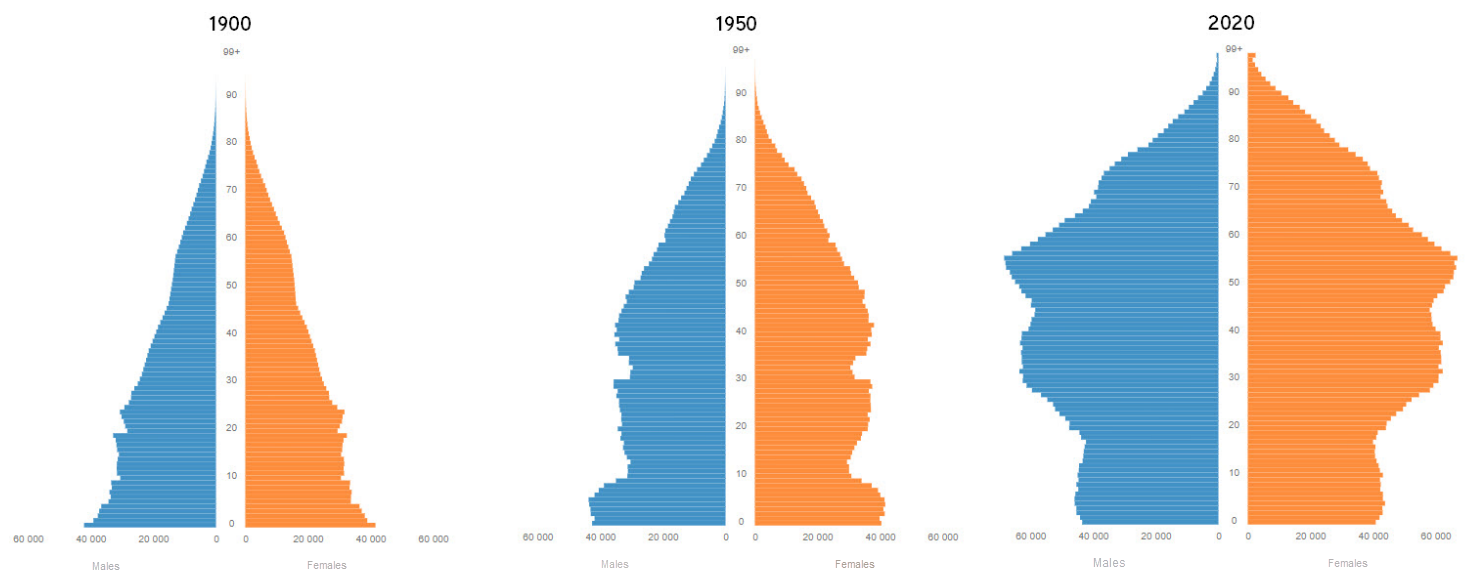The german video tutorial shows the structure of the demographic change unit and guides viewers through the Excel simulation.
Source:
Iconomix (6 October 2022 – Duration: 4:22)
How do you convey content that is difficult to grasp? The unit on demographic change shows a way of addressing this important but abstract topic in the classroom.

Mortality rates at all phases of life have been declining for decades. The birth rate is also falling. This means populations are ageing steadily – in Switzerland too. The proportion of people over 65 is constantly increasing; at the same time, the proportion of people of working age (15–64) is decreasing. This development has far-reaching consequences for both public finances (social security funds) and the labour market, giving us reason enough to take a close look at this issue in the classroom.
A first worksheet serves as an introduction to the topic. Completing the tasks in the worksheet enables students to get to know the key facts, terms and concepts such as life expectancy, birth rate, migration and old-age dependency ratio.
The highlight of the unit is the second worksheet, which builds on the first and introduces the students to an Excel simulation. This is a didactically simplified version of the model used by the Swiss Federal Statistical Office (SFSO) for its demographic forecasts.
Worksheet 2, in tandem with the simulation, is also well suited as a guideline for working on more advanced questions.
In the unit, students mainly acquire knowledge by working in smaller groups. Subsequent discussions in the whole group serve to evaluate and reflect. The unit is mainly suitable for upper secondary school classes with a focus on economics and law.

The german video tutorial shows the structure of the demographic change unit and guides viewers through the Excel simulation.
Source:
Iconomix (6 October 2022 – Duration: 4:22)